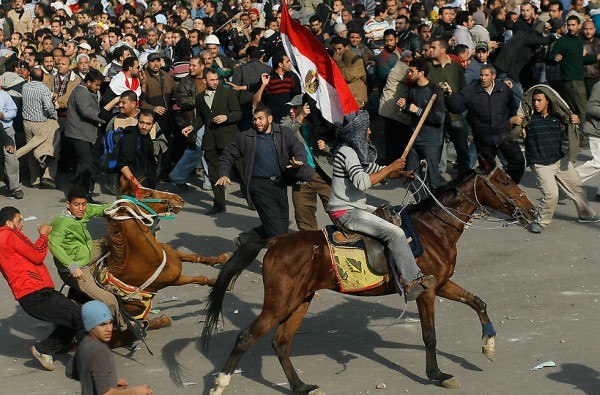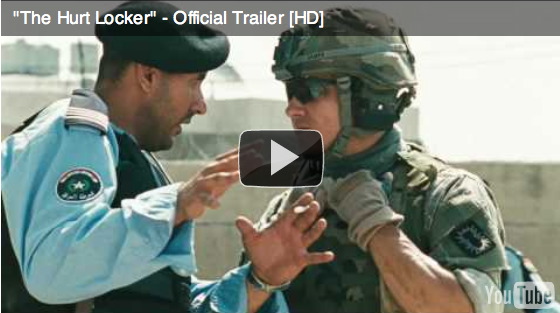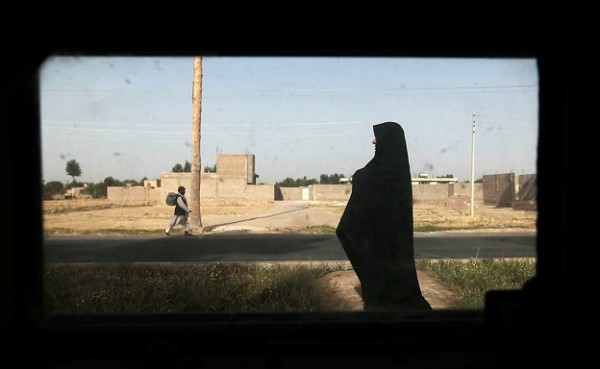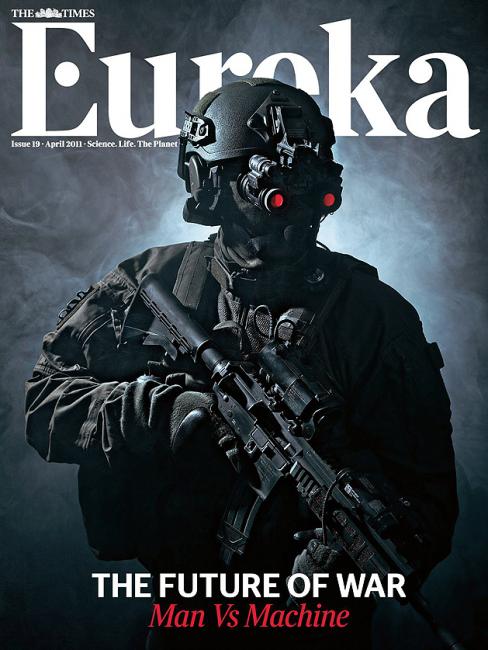Notes
Remembering Chris: Hondros at BagNews
Our sense of loss for Chris Hondros is as much about what was as what might have been. Keen for a serious platform and venue where he could think about pictures and explore them and his profession more deeply, as well as more experimentally, Chris was excited to join BagNews as a contributor last year.
Chris penned a review of “The Hurt Locker” and we did an interview/discussion about the experience of being in Tahrir Square when Mubarak unleashed his bedlam. But Chris had larger plans on the drawing board. Chris was planning a series of four interviews, the first one on the Rwanda genocide and the second on photographer Dick Drew of the AP and the RFK assassination (he was one of only four photographers there). For the Rwanda piece, Chris had interviewed Tina Sussman of the LA Times (she was with the only crew of photographers that made it into Rwanda after the carnage in 1994), and he was editing the transcript. Last New Years Eve, a couple hours before the party he hosted in Brooklyn, Chris and I got together to discuss another concept we’d been cultivating. (The Tahrir piece, below, was something of an exercise for it.) He had been contemplating moving abroad for a stretch (Kabul was a possibility, he told me, but he was also considering various spots in the Middle East) and the idea was to do a regular and extended diary capturing scenes (written, as much as photographed) of daily life which, defying the sensationalist media, gave a truer and “earthier” sense of war torn places otherwise ostracized in the American mind.
If those plans vanished on Thursday, the tragedy was to lose such a deeply gifted Renaissance man. Though the work we did together was modest and its duration brief, I offer you these two pieces by Chris, along with a simple post I did quite a bit earlier honoring his exquisitely assured war photography. Rest in peace, Chris.
Chris Hondros on “The Madness in Tahrir Square”
“I’ve seen fighting, but nothing at this scale. The anti-Mubarak people who have had the spotlight for a week were defending the square — it’s like the equivalent of having taken over Times Square in New York. The Mubarak faction, which had been in different parts of town, then headed toward the square. Then it was just open season. It was very tribal. Like two rival gangs. It was not organized in any sense more than that. And it played out without the officials intervening. It’s absolutely remarkable that there was no intervention at all. And it all comes down to holding that square.”
Full post here.
Chris Hondros’ review of “The Hurt Locker”
I’ve been waiting for a truly great movie about the Iraq War. I know it’s still going on, but I don’t think it’s impossible to ask: Casablanca came out right in the middle of World War II in 1942, and M*A*S*H, with its Korea-as-Vietnam theme, was released in 1970. I’ve thought a lot about this, since like many journalists who have frequented Iraq I’ve often been frustrated by the public’s misunderstandings about the place, and have thought for some time that a thoughtful, tone-perfect movie could help explain to a general audience what the experience of being in Iraq was (and is) like.
Full review here.
This modest piece of BagNews analysis, “Beyond the Chasm,” looked at Chris’ photos in Afghanistan through the window of an armored vehicle.





Reactions
Comments Powered by Disqus